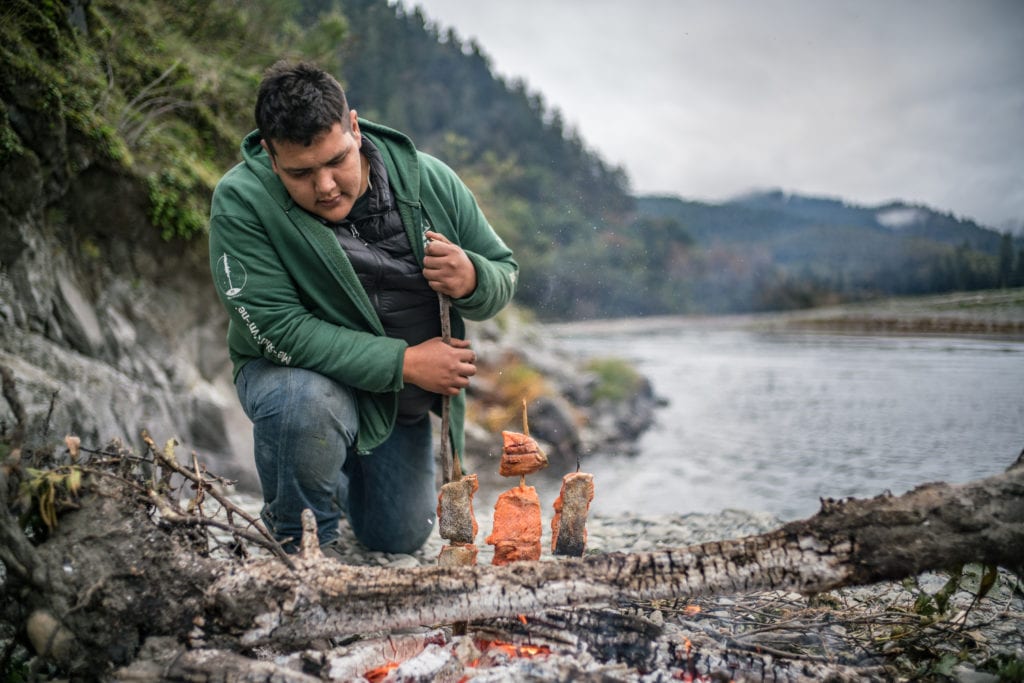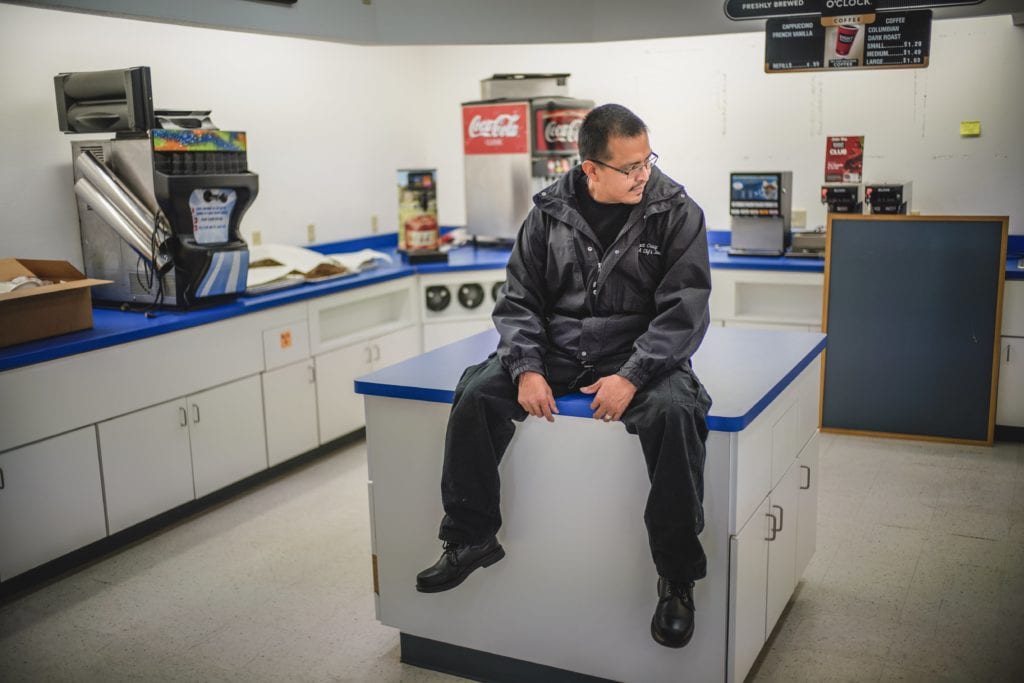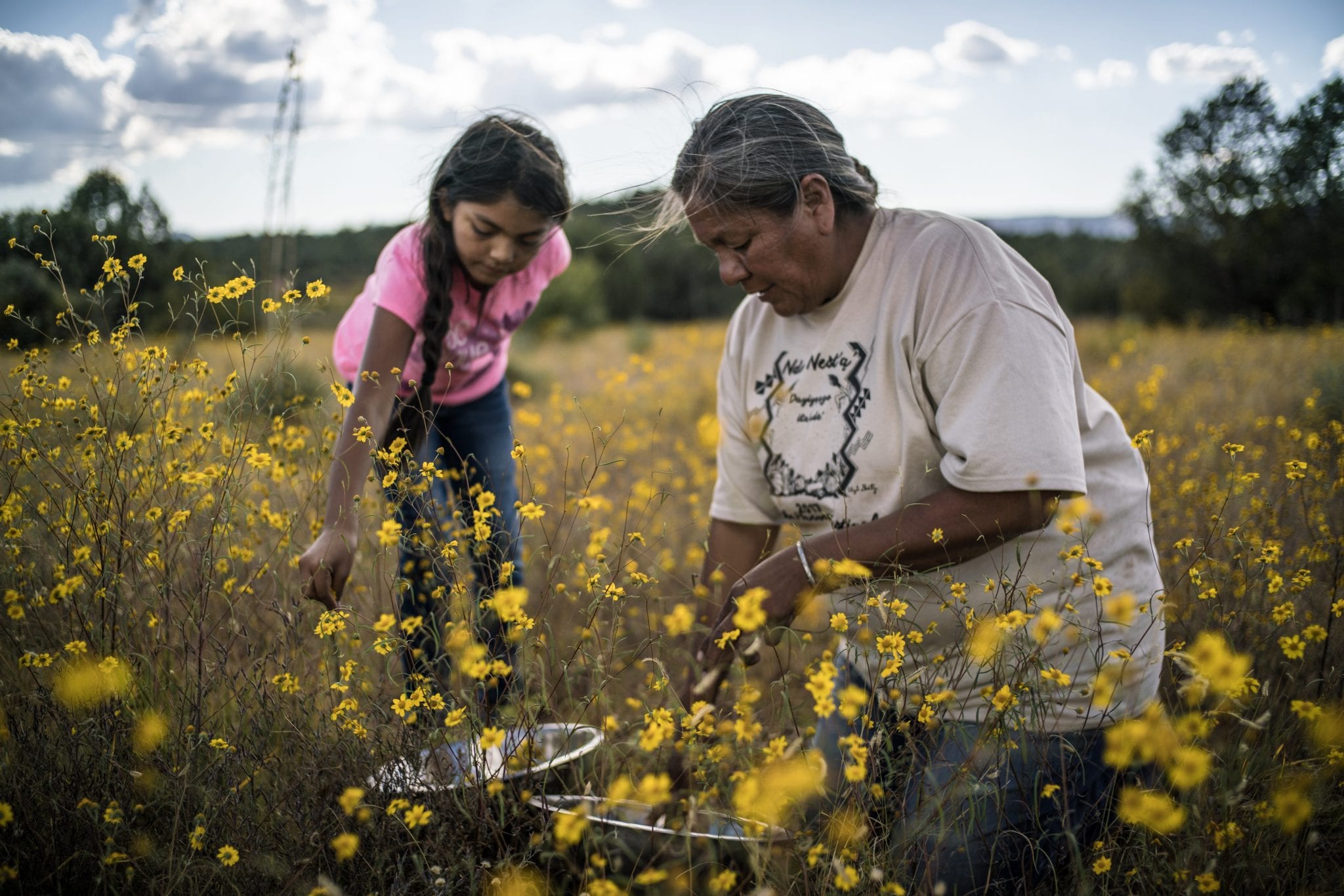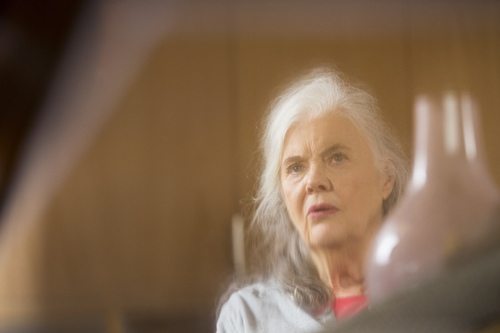?The Red Nation shall rise again and it shall be a blessing or a sick world, a world filled with broken promises, selfishness and separation, a world longing for light again.? (Crazy Horse)
Food is more than just physical sustenance; it is often an important part of a community?s identity and life. Gather, from director Sanjay Rawal, enters into the relationship between Native American?s and their traditional food sources. We learn not only about the food, but also what those foods meant?and still mean?in those cultures.
The film notes early on that seventy percent of all foods consumed around the world were developed by the indigenous peoples of the Americas. These include tomatoes, potatoes, corn, zucchini, and chocolate. There was a great diversity among the various nations that populated North America before European colonization. The film focuses on three very different sets of Native Americans as they seek to reconnect with the food sources of their ancestors.

Among those we meet are Chef Nephi Craig of the White Mountain Apache Nation and Twila Cassadore of the San Carlos Apache Nation. Craig is working to build a restaurant that will serve the traditional foods. Cassadore is a forager who knows the kinds of foods that the people lived off of through the years. We also meet Samuel Gensaw of the Yurok Nation. He and others have fought for native fishing rights in Northern California. Elsie Dubray of the Cheyenne River Sioux Nation comes from a family that raises bison. She has done science fair projects dealing with bison meat and with the high levels of diabetes in Native Americans.

Each of these very different perspectives create a mosaic how food continues to be an important part of the Native American culture. However, often that connection to traditional foods has been lost. Gensaw describes the area he lives in as a ?food desert?. There are no stores for miles around. For many it means shopping at the gas station. But by seeking to restore the people?s connection to the river, with its salmon and eels, there can be better food available.
Throughout the film, we see ways that food is different from just meeting our physical needs. There is a certain spirituality about food and the way we relate to the environment and to one another. These people all find connection between who they are in their communities and the foods they work with and share with others.

The film also makes the point that often food was a part of the genocide against Native Americans. One of the ways Europeans sought to destroy the indigenous peoples was through cutting off their food sources. It led to starvation, dependency, and ultimately being separated from the land that had sustained them. This history leads people in the film to talk about food sovereignty. Their rights to traditional foods are not just about connecting to the past, it is a sign of their independence and separateness form the broader culture.
We often overlook the many ways food is part of our lives. Even when we offer a prayer of thanksgiving over our meals, it may be more of a routine than an actual acknowledgement of meals as part of our spiritual lives. By seeing the many ways food has import in the lives of these Native Americans, we may also want to consider the many ways our body, minds, and spirit are fed by our own eating habits.
Gather is available on iTunes and Amazon.
Photos courtesy of Illumine.





